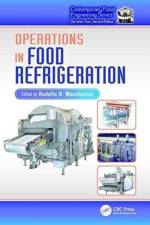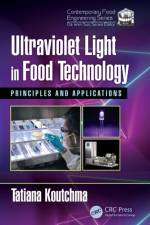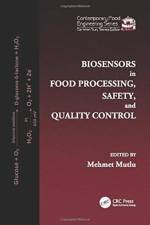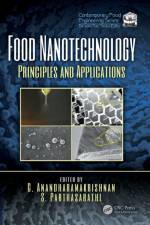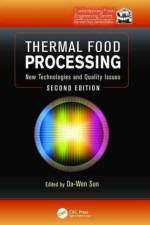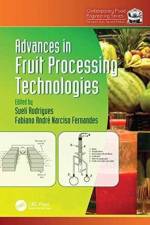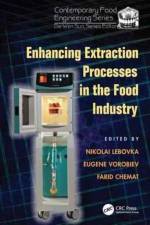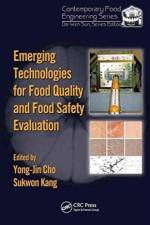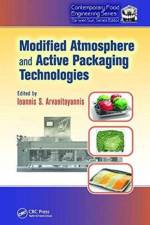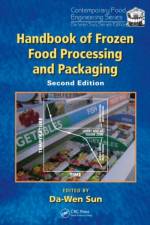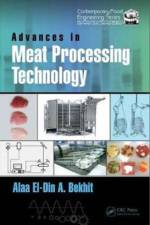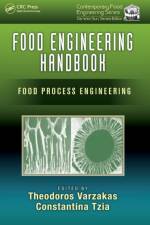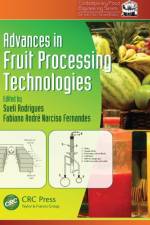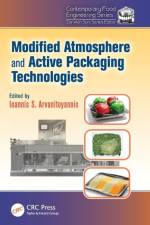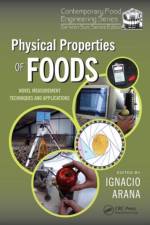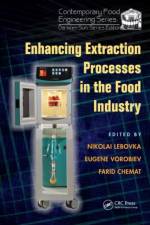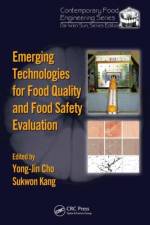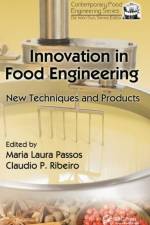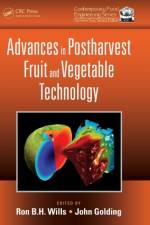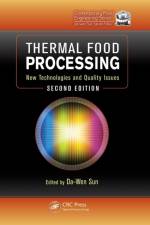- New Technologies and Quality Issues, Second Edition
403,00 €
Thermal processing remains one of the most important processes in the food industry. Now in its second edition, Thermal Food Processing: New Technologies and Quality Issues continues to explore the latest developments in the field. Assembling the work of a worldwide panel of experts, this volume highlights topics vital to the food industry today and pinpoints the trends in future research and development. Topics discussed include: Thermal properties of foods, including heat capacity, conductivity, diffusivity, and density Heat and mass transfer and related engineering principles, mechanisms, and models The development and application of deterministic heat transfer models for predicting internal product temperatures Modeling thermal processing using artificial neural networks (ANN) and computational fluid dynamics (CFD) Thermal processing of meat, poultry, fish, and dairy products; canned foods; ready meals; and vegetables The effect of ultrahigh temperature (UHT) treatment processing on milk, including the impact on nutrient composition, safety, and organoleptic aspects Ohmic, radio frequency (RF) dialectric, infrared, and pressure-assisted heating pH-assisted thermal processing In addition to updating all content, this second edition includes five new chapters: Thermal Effects in Food Microbiology, Modeling Thermal Microbial Inactivation Kinetics, Thermal Processing of Food and Fruit Juices, Aseptic Processing and Packaging, and Microwave Heating. The final chapter of the book examines systems used in the evaluation of thermal processes and the development of time temperature integrators (TTIs) to ensure the safety of thermally processed food. An up-to-date survey of essential techniques and the science behind them, this volume is a critical reference for food industry professionals.

